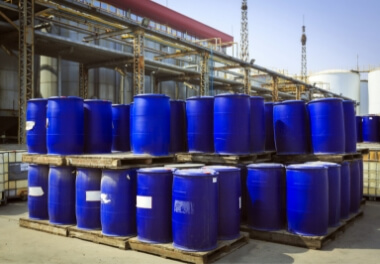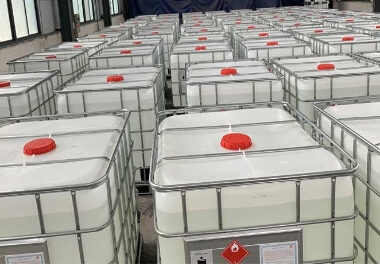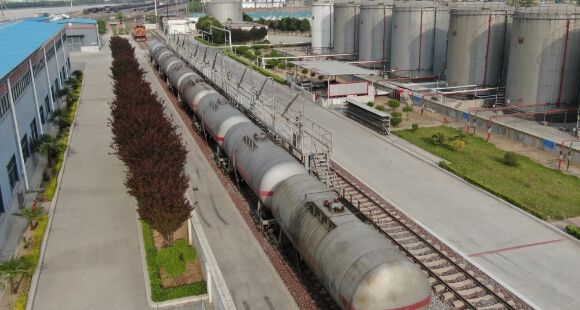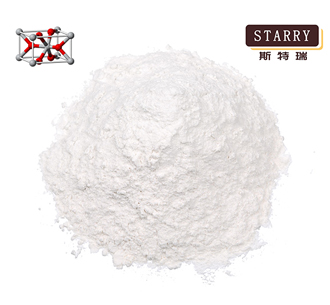

Titanium dioxide, scientifically known as titanium(IV) oxide (TiO₂), is a white inorganic pigment. It has a relative molecular weight of 79.90, with a CAS registration number of 13463-67-7. It usually looks like a white powder. It is safe to use and has great opacity, whiteness, and brightness. This is why it is called the “King of White Pigments.”
In nature, titanium dioxide exists in three crystalline forms: brookite, anatase (Type A), and rutile (Type R). Among these, brookite is unstable and holds no industrial value. In contrast, anatase and rutile, thanks to their stable crystal lattices, have become essential white pigments and ceramic glazes.
Titanium dioxide features extensive applications. It is a major consumption sector in the coatings, plastics, and paper industries. Meanwhile, it is also widely used in industries such as inks, chemical fibers, cosmetics, enamel, and ceramics. Furthermore, it plays a crucial role in fields including electronics and environmental protection.
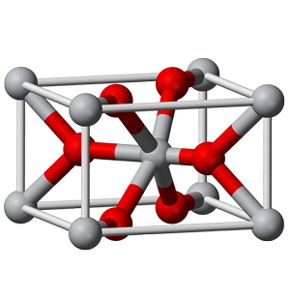
| CAS: | 13463-67-7 | UN: | |
| Other Names: | Titanium (IV) oxide, Rutile, Anatase | Appearance: | Typically appears as a white powder. |
| Density: | Anatase titanium dioxide has a density of 3.84 g/cm³ | Density: | Rutile titanium dioxide has a density of 4.26 g/cm³ |
| Hardness: | Anatase titanium dioxide has a hardness of 5.5-6.0 | Hardness: | Rutile titanium dioxide has a hardness of 6-6.5 |
| Boiling point: | 3200 ± 300°C | Flash point: | 1850°C |
| Molecular Formula: | TiO2 | ||
